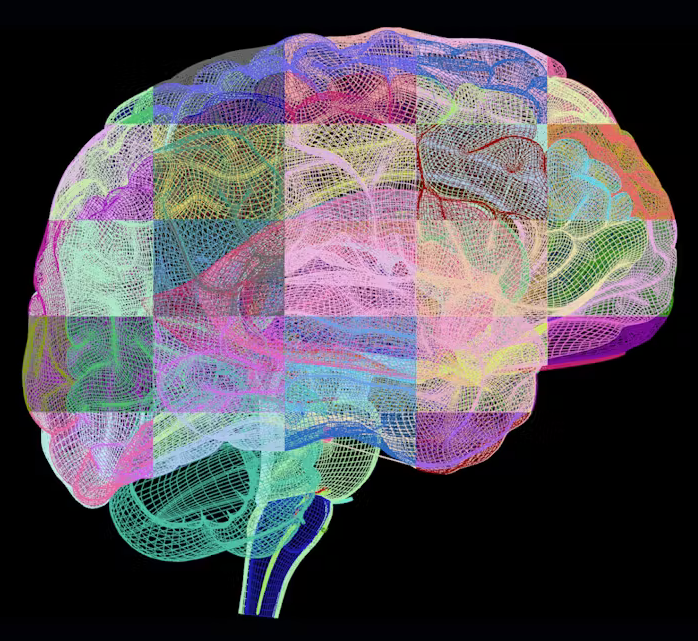Research highlight
 Credit: Science Photo Library.
Credit: Science Photo Library.
It is often assumed that specific regions of the brain participate in the pathophysiology of neurodegeneration, while potential involvements of other brain regions or peripheral mechanisms remains unaddressed. Concurrently, growing evidence now indicates that these pathologies are multi-systemic because of the involvement of various brain regions as well as some other scarcely scrutinised peripheral regions. Adding yet another layer of complexity to an already intricate model, this introduces further intertwined dimensions that raise fundamental questions about the coherence between the already described pathophysiology and the lack of effective therapeutics.
Thus, developing ground-breaking computational tools and mathematical frameworks that improve the understanding of emerging brain dynamics in the field is of utmost importance. I investigate these hypotheses and identify novel neural pathways contributing to pathophysiology, using the latest advances in theoretical neuroscience and statistics. In particular, my approach involves clinical and pre-clinical trials to investigate the dynamic coalescence of segregated computational processes during the pre-symptomatic phase of neurodegenerative processes.
To undertake this work, I combine deep-learning models, electrophysiology as well as metabolic recordings. These methods reveal latent, yet deeply embedded dynamics, within the complexity of neural networks. Moreover, my growing interest in tackling these hypotheses arises from the fundamental role that these innovative methods hold in redefining our current comprehension of neural networks dynamics under neurodegenerative process.